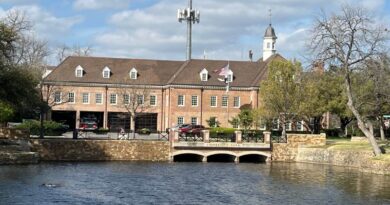NPS Provides Guidelines for Adapting Historic Homes Facing Flood Risks
Flooding risk has long been a challenge for many historic properties. Changing weather patterns, stronger hurricanes and other extreme weather events have increased the risk of flooding, both in frequency and magnitude.
The National Park Service developed new flood adaptation guidelines to help property owners make their historic buildings more resilient to flooding risks while preserving their historic character.
The Guidelines on Flood Adaptation for Rehabilitating Historic Buildings will help preserve historic buildings located in flood-prone areas and make them more resilient to flooding hazards. Historic properties that have never flooded before are now exposed to this risk, and those that flooded infrequently in the past are experiencing more instances of flooding with water reaching higher levels than ever before.
“Flood events can be particularly destructive to historic buildings and the people who live and work in them, and our best defense is resilience. Investing in flood mitigation efforts now is one way we can work to preserve our historic and cultural resources for the future,” said NPS Deputy Director Shawn Benge. “As we learn more about the risks and factors that affect historic and cultural resources, we can more effectively maintain, restore and improve their resilience amid a changing climate.”
The National Institute of Building Sciences’ 2019 Natural Hazard Mitigation Saves Report estimates the benefit-cost ratio for investments in mitigation measures for natural hazards and shows a 7:1 ratio for federal investments in flood mitigation. The NPS worked collaboratively with numerous preservation partners and property owners to better understand the complex nature of this issue and help property owners identify and implement appropriate and cost-effective mitigation strategies.
Property owners can use these guidelines to help identify and evaluate adaptation options to select a treatment that preserves the historic character, site, and setting of the historic building. These guidelines are the most recent edition in a series that includes guidelines for typical rehabilitation and special topics such as sustainability.
The guidelines, with more than 100 photos and illustrations and four case studies of adaptation projects, as well as a recorded introduction to the guidelines from the authors are now available on NPS.gov.









